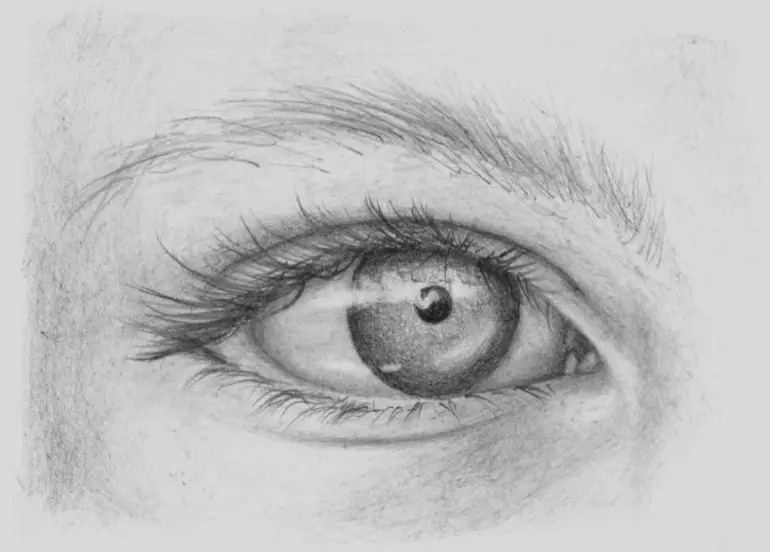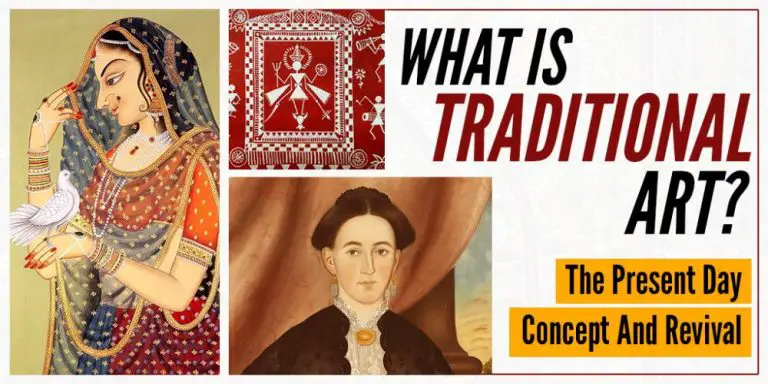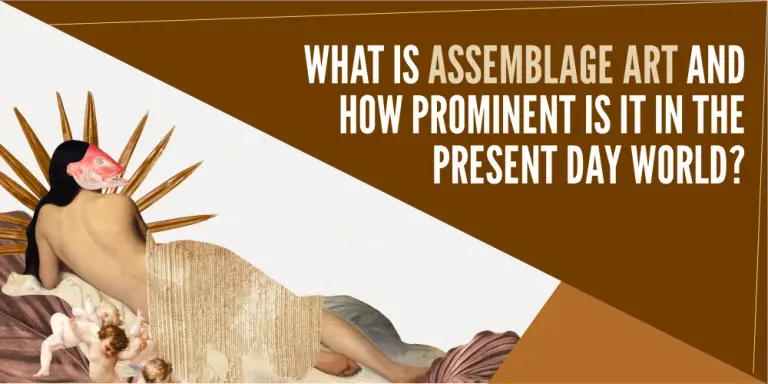Abstract Art: How To Tell When it’s Good (or Bad)
When you look at an abstract art piece, you might think it looks simple to make…but you’d be wrong. This is why many find this style of art hard to interpret.
With this in mind, you may be wondering, “what makes abstract art good?”
Good abstract art showcases meaning, intention, skill, and expression. Unlike other art styles, abstract art does not focus solely on the visual appeal but on the concept and context of the piece instead.
If you want to be able to properly interpret abstract art, you need to understand the difference between good and bad abstract art. This article will help you do just that!
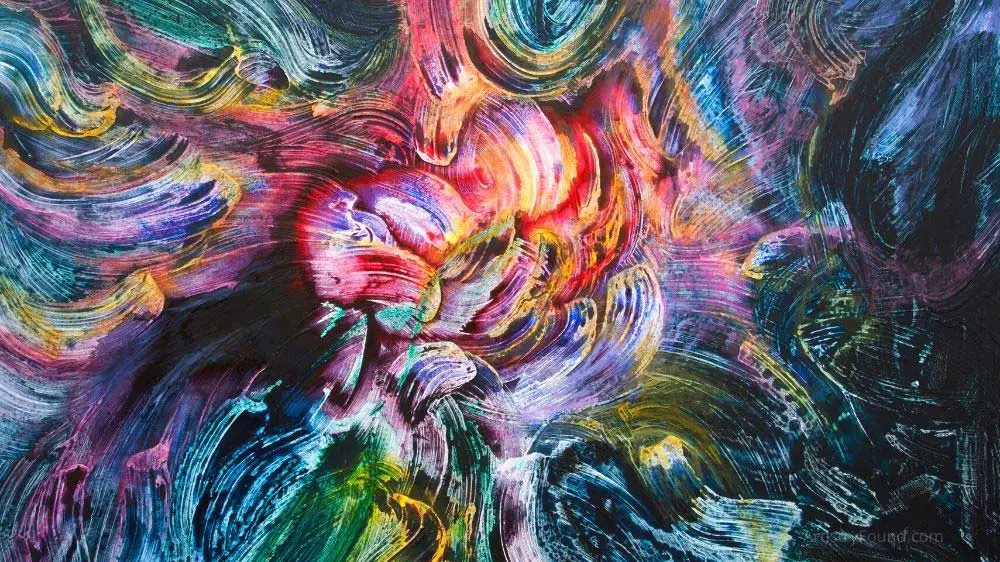
(This article may contain affiliate links and I may earn a commission if you make a purchase)
What is Abstract Art?
Abstract art came out of the 20th-century modern art movement.
Before modernism, artists would recreate the world around them, and good art was considered to be the most “realistic art.”
But during the early 1900s, the world was going through many socio-political changes, and the changes to society were mimicked by the style of art being produced.
Abstract expressionism was initially rejected for its unrealistic and sometimes confusing interpretations of the world.
However, the truth is that abstract art is less about what it looks like and more about how it makes you feel.
The uneasiness of not knowing what something means is a feeling abstract art can bring up in a lot of people.
Abstract artists explored different textures and mediums, expanding the experience to include the process of making the art.
Many movements produced works that are considered abstract art: Neo-Expressionism, Neo-Dada, Cubism, and Surrealism all dealt with the abstract.
Pop art, installations, video, and performance art are all descendants of these initial movements. Some key artists included:
So, What Makes Abstract Art Good?
It’s hard to judge abstract art because if you don’t like it, it may simply be that you just don’t understand it.
But there is something most “good” abstract expressionist pieces have in common: they all have honesty and intent.
Good abstract art is trying to say or do something. Bad visual art doesn’t do anything: it just exists.
Here are a few characteristics of good abstract art:
Texture
One way an abstract painting is made is with layers.
Sometimes it’s layers of paint with other media such as magazines or fabric. As the abstract piece develops, a texture will form, making it unique.
Consistency
Abstract art that has gone through a creative process will have a vein of abstraction that runs through different pieces, tying them together.
A great example of this is Picasso’s blue period. It’s a lot like the plot of a story or a book – but instead of a story, we have different works of art.
If an artist’s abstract work seems random and not cohesive, they’re not quite ready to show their work yet. Consistency is a feature that separates good artists from bad ones.
Deeper Meaning
The transition from realism to abstract could be interpreted as a shift in focus from what is outside the body to what is inside the mind.
Artists during this period explored the thoughts and emotions that arise from being human.
This focus on the inner self started in the 40s and moved to being about interpretation during the 70s.
Art that could be explained in different ways by different people became popular, for example, the Nozkowski paintings.
Abstract art tends to involve a lot of theory – critics and historians will speculate on what inspired a piece of art and what it’s trying to say.
Representational art is like a form of communication from the artist, an expression that is on a higher level.
Complexity
Abstract art might seem easy to do, but if you try to recreate a piece by an experienced abstract artist it will be very difficult.
The reason is each piece has been well thought out and every line is intentional.
The Deliberate Use of Color
The use of color needs to be deliberate and intentional.
If the colors don’t mesh together nicely or are missing something, it might mean the artist doesn’t know enough about colors to mix them properly.
Artists generally study color theory and various palettes before creating a piece of work.
What Makes Bad Abstract Art?
If you are looking at an abstract composition and it doesn’t have the important features noted above, like intent, authenticity, and skill. Does this make it bad?
It’s hard to spot bad abstract art. It’s important to look at the colors, brush strokes, materials used, and how complicated the piece is.
How to Interpret & Appreciate Good Abstract Art
Good abstract art is hard to interpret and difficult to appreciate as a result. Here are some tips to help:
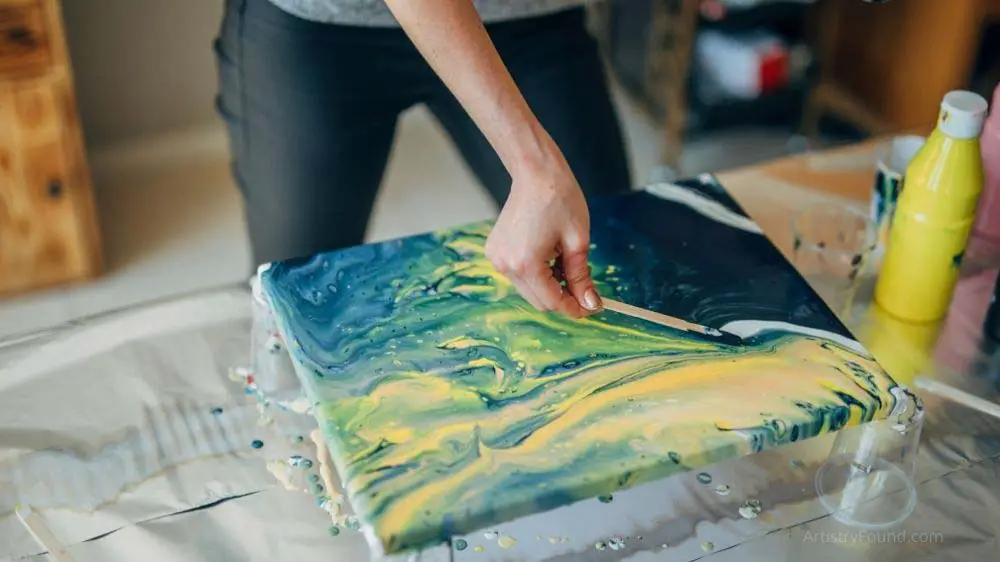
Take Your Time to Understand The Piece
A lot of people pass on abstract art because they don’t understand it. Art museums and galleries know this and normally will have a press release and written information about the art and artist.
Reading this information can be very helpful in experiencing the art.
Knowing where the artist came from and what they were feeling when they made the piece gives us insight into what the art is saying.
Don’t Fool Yourself Into Thinking Abstract Art is Easy
A lot of people don’t understand art. Some will see a piece of abstract art and make a comment like “my son might have painted that.”
These comments can be quite harmful. If they really think their child can recreate the artwork, they may have a future abstract painter on their hands!
Recreating abstract art is very difficult, and some will find a new appreciation once they see how difficult it is to create.
Avoid Taking The Artwork’s Title Too Seriously
What’s in a name? Sometimes the title doesn’t even make sense.
It’s best to acknowledge the title and also find your own within the piece of art. A vague title can help viewers reach their own conclusions.
Let the Abstract Art Interact With You
In most art galleries, there will be chairs or benches for people to sit.
If you really want to view a painting, take a seat. Notice how it makes you feel. Art can force us to face the parts of ourselves we don’t want to see.
Why is Some Abstract Art So Expensive?
If you want to see some expensive pieces of abstract art, take a look at Christie’s, Sotheby’s, Phillips, and Boham’s.
Some art pieces will sell for millions of dollars – a piece of Willem de Kooning‘s was sold for 300 million dollars in 2015.
The uniqueness of abstract art makes it something no one can copy, and that is worth a lot to collectors. Art can be an investment – some pieces will increase in value over time.
Final Thoughts
So..what makes abstract art good?
As I explained, good abstract art has a few distinct characteristics, including intent, meaning, complexity, consistency, color, and texture.
Bad abstract art is difficult to determine, as the abstract style does not focus on visual appeal alone.
However, if you don’t find the characteristics listed above in the abstract art piece you’re looking at then it’s like “bad” abstract art.


